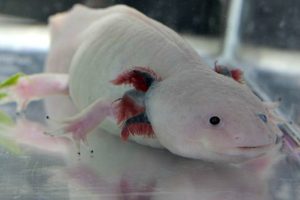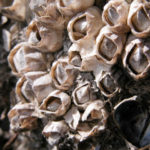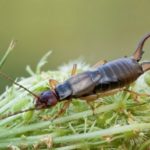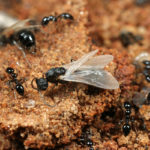Axolotls – information
Axolotls never grow up
 This very unusual feature of axolotls is known as neoteny, and it means that the larvae never develop in adult individuals. Instead of classical ontogeny (full-fledged development of the body), they simply retain their youthful appearance and characteristics.
This very unusual feature of axolotls is known as neoteny, and it means that the larvae never develop in adult individuals. Instead of classical ontogeny (full-fledged development of the body), they simply retain their youthful appearance and characteristics.
Axolotl have time to develop to a mature state in order to reproduce a new offspring, but this does not prevent them from remaining forever in the larval stage. Imagine a tadpole that has remained itself for all of its life, has never become a frog and at the same time quietly multiplies further …
Neoteny also explains why the axolotls retain the gills (funny-looking hairy growths sticking out of their head), and spend their whole life under water, unlike the other salamanders, who eventually end up on land.
They have the potential to treat many serious diseases
As we know, axolotls recover very well after traumas. Scientists hope that one day mankind will learn to use this ability and for the treatment of seriously ill patients. Can we regenerate lost limbs or organs, like axolotl? Many laboratories around the world are researching these amazing larvae to find out what exactly makes them so effective in regenerative processes. Thanks to the practical interest of the medical community, the axolotls actually became the most studied salamanders in the world. For example, it turns out that they are at least 1,000 times more resistant to cancer than mammals!
Scientists are trying to determine the genes of axolotls, which are responsible for recovery after the loss of limbs and organ damage. A long and thorny path lies ahead of us, but Professor Stephane Roy, one of the many scientists studying axolotls, is confident that, thanks to these amazing Mexican ambists, we will learn how to heal burns much faster and more efficiently, and we will be able to minimize complications after Organ transplantation and even malignant tumors. All this can happen within the next 10 to 20 years, according to the professor.



























